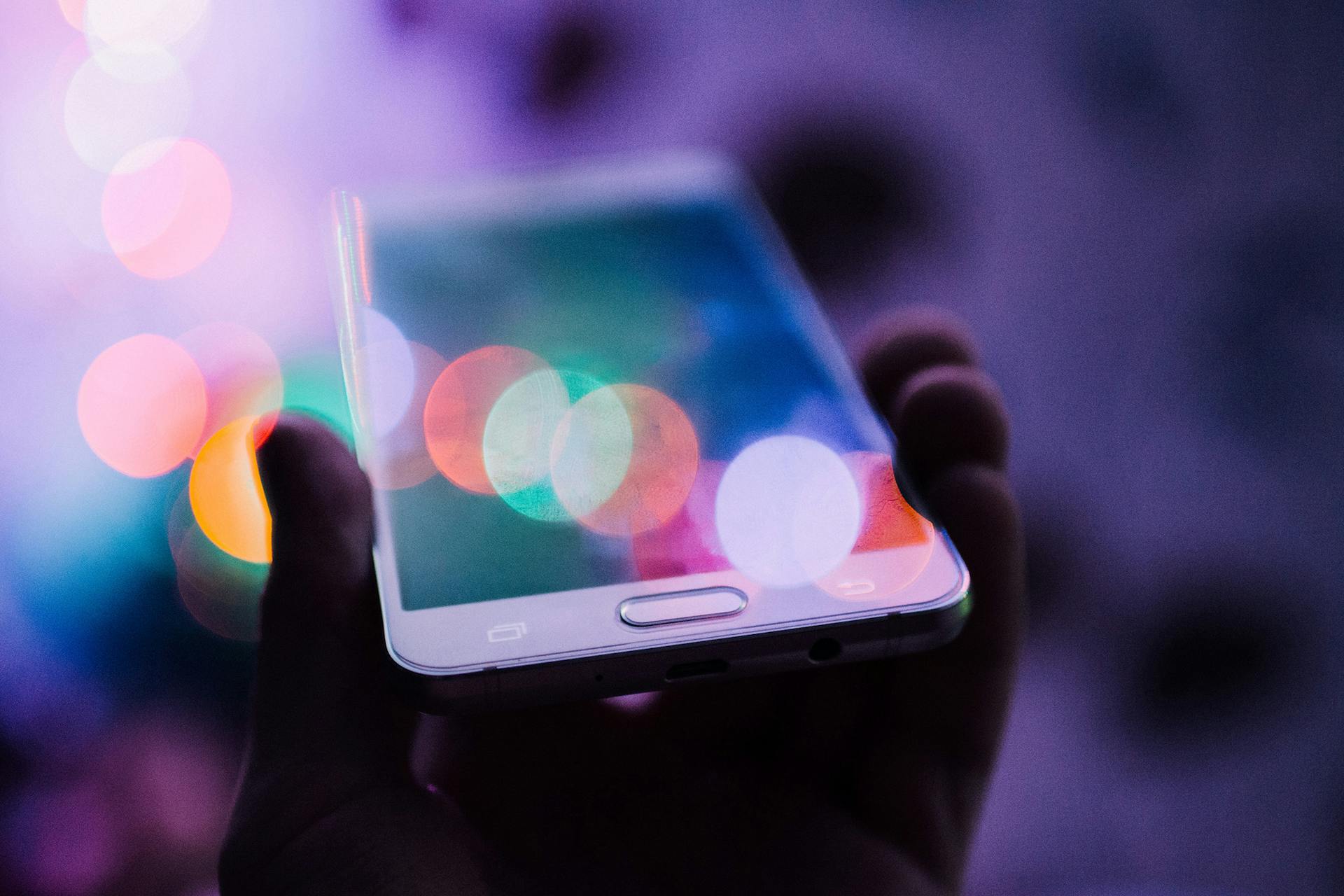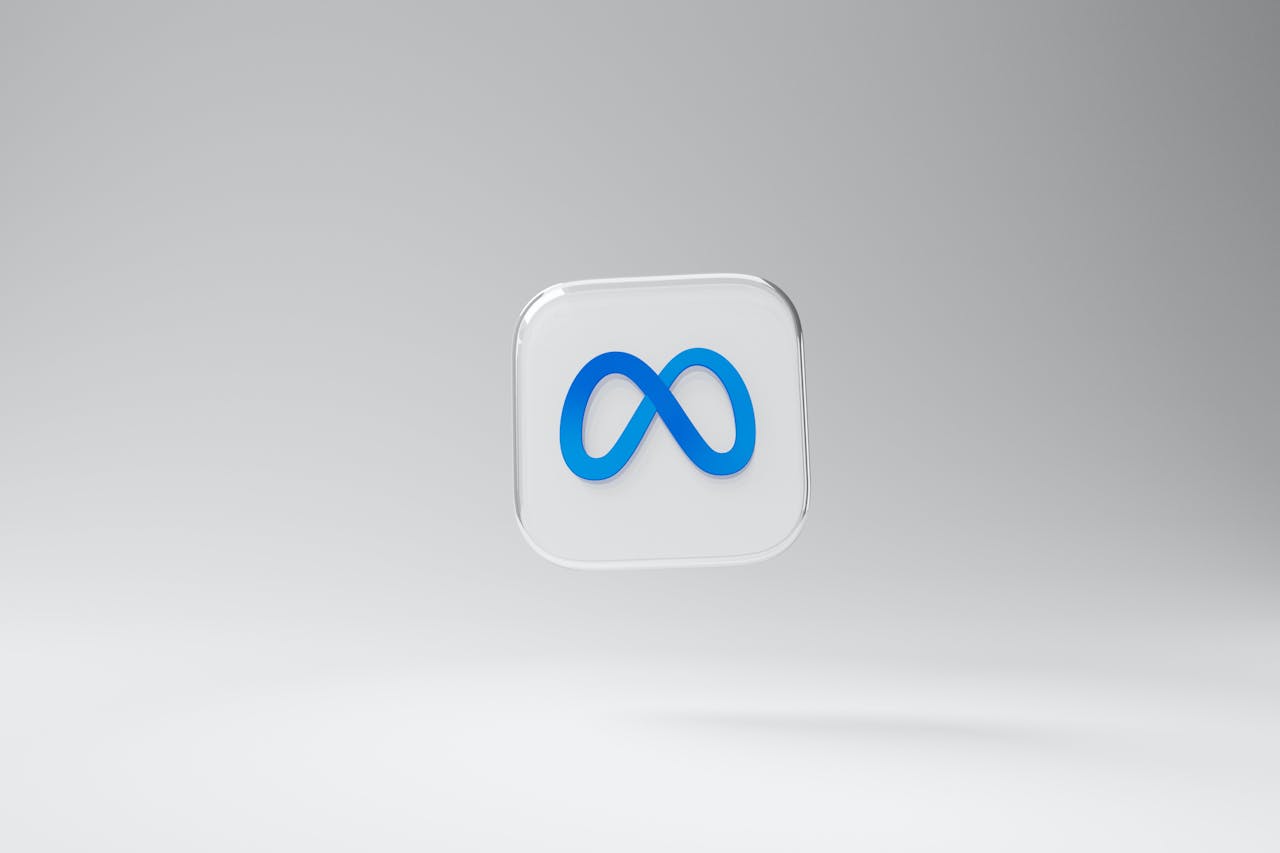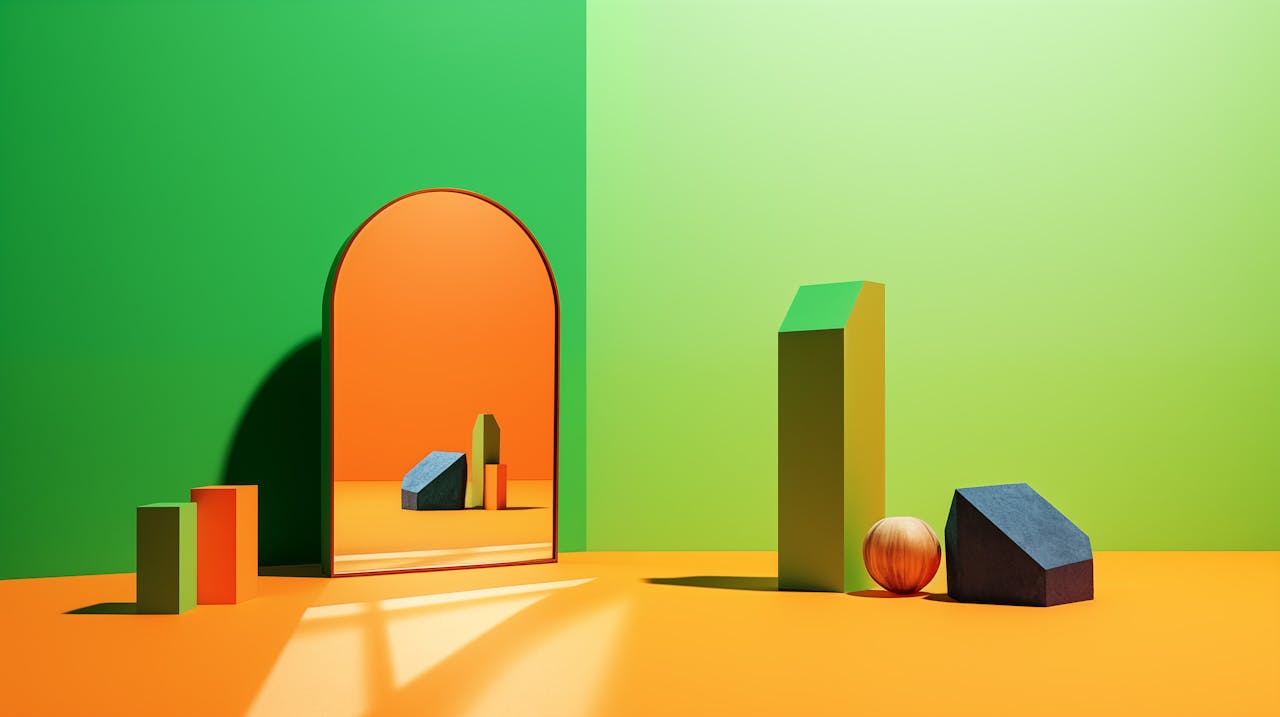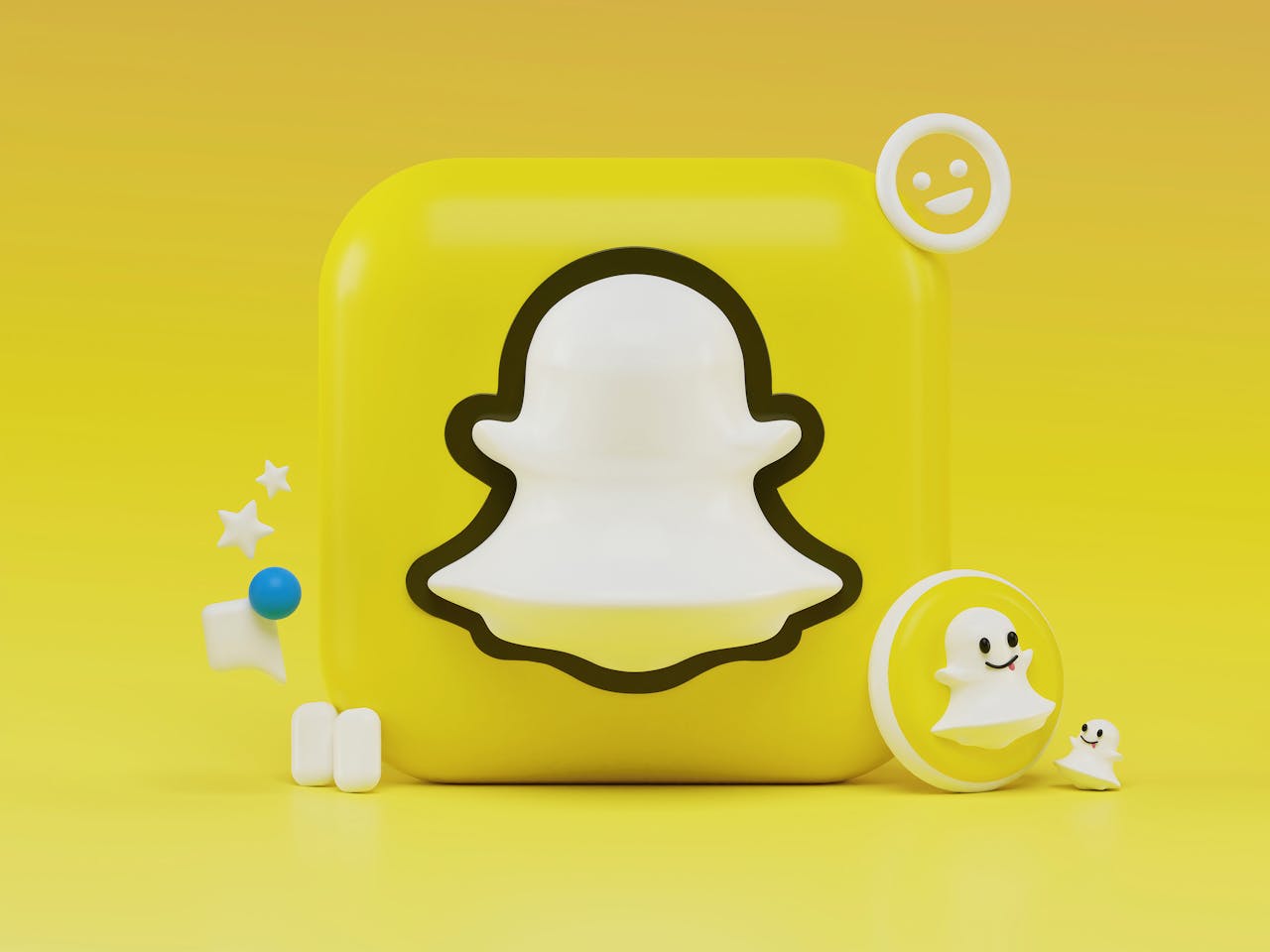Creativity; always hard to define, but you know it when you see it. And we’re seeing a lot of it in the world of social media thanks to a burgeoning, vibrant creator economy.
There has been a tremendous shift in the eco-system surrounding social media in response to the growing popularity of newer platforms, the changing tastes of audiences and advances in technology that enhance agility in production. These factors have changed the dynamics around content creation and how brands might operate across social media.
The creator economy is apparently worth an estimated $104.2 billion, and it’s more than doubled its value in the past four years. Creator economy start-ups, which manage the process of content creation and monetisation, are attracting sizeable investment and the whole industry is thriving.
The TikTok transformation
Inevitably, the biggest spur to recent change is TikTok. Its meteoric success has driven a rise in consumption of short form video and forced other platforms to develop their own take on its formula, which is why we now have Facebook’s Reels and YouTube Shorts. The past year saw the average time spent on TikTok by US adults overtake the original video platform, YouTube, at 45.8 minutes vs 45.6 minutes, while a 2022 IPSOS poll of UK Gen Zers aged 16-24 showed 39% were on TikTok for more than three hours a day.
The Bytedance-owned phenomenon has democratised the creative process and eroded the grip of the traditional influencer on the social marketing landscape. Anyone with an idea can grab a mobile phone and use in-app editing tools to serve up some tasty content quicker than you or I can knock together a salmon and cheese bagel. There are no long-winded development meetings and sign off processes; creators can rapidly respond to events and cultural moments so they are bang on zeitgeist.
TikTok-inspired creativity has transformed content production in a number of ways, from the introduction of a more relatable tone of voice to what video quality is acceptable. High-end glossiness is out and a more authentic, real world-looking aesthetic is in. Apps that may never be monetised but are trailblazers, like BeReal, illustrate these trends.
Brands need to keep up
If the creator is supplanting the influencer, then brands need to keep pace. Previously, the ‘classic’ influencer lent their name and fame to a brand. Marketers paid to access the star power of celebrities like the Kardashians, celebrities who want to build a personal brand and further their influence to ultimately sell stuff and make money. Creators care more about producing content, though they do want appropriate remuneration as they turn more ‘pro.’
The creator economy is generating new, break out stars that actually ‘make stuff’, don’t take themselves too seriously and feel authentic, and these rapid changes mean brands need to tune in to the names quickly gaining recognition, and the accompanying opportunities. For instance, do you know about ‘Colour Queen’ Courtney Quinn and her colormecourtney Instagram account with its 752,000 followers? She has already created a co-branded Disney product range. Or, closer to home in the UK, Grace Keeling is a huge TikTok star with nearly three million followers of her funny, relatable content. She has expanded her reach via new formats, including her Saving Grace podcast which has taken off and she has a live podcast tour planned for the new year.
The potential to develop owned formats and programming with the help of these inspired individuals and specialist management partners is huge. The idea that brands can be publishers was demonstrated long ago by the likes of Red Bull, but now marketers can have access to a new wave of talent via valuable partnerships and can bring creativity, technology and data together for maximum effect.
It’s a huge opportunity for social media publishers like us, who are leveraging these creators for programming formats. Working with creators who already have a dedicated audience and know exactly what they love to watch is now a key part of our business model. Often, these creators have built out communities within niche hobbies and passion points that used to be harder to connect with. Take TikTok cook OnlySlaggin’, his short-form cooking videos use an ASMR format that adds another level of tastiness to his content. He exploded on TikTok and now has over 1 million followers, but wasn’t utilising other platforms. Jungle Creations has taken over his Facebook page to grow it to monetisation using collaboration posts with our food brand, Twisted. We also identified that ASMR content is huge on Snapchat, so created a new show for their Discover page for Jim’s cooking content.
Or, take Major League Baseball. The fan experience has been transformed by ballplayers posting in their own tone of voice (2019 was the first year players were allowed to post their own highlights to social media by MLB, which was a big step forward for raising the overall profile of the game). And just this year MLB Players, the business subsidiary of the Major League Baseball Players Association (MLBPA), signed a partnership with social media marketing agency Influential. AI technology will now be used to pair players with appropriate partner brands.
What are the platforms doing?
Once the big social media platforms realised they needed the sparkiness of bona fide creators to attract audiences they jostled to develop the most attractive packages for talent, offering creation and monetisation tools and revising their commission and advertising revenue share structures.
TikTok launched its Creator fund in 2020, with compensation paid to creators based on organic reach while, back in June 2021, Facebook CEO Mark Zuckerberg stepped up to the plate and made paid online events, fan subscriptions, badges and other products free for creators until 2023; “And when we do introduce a revenue share," he said, "it will be less than the 30% that Apple and others take.”
What does the future bring?
There is a professionalisation within the top tier of creators which should be welcomed as it increases the level of valuable, entertaining content across social platforms.
Social media personalities with growing audiences will naturally explore brand partnerships and what is on offer but, after seeing how the influencer star is waning, they are savvy enough not to lose their authenticity and careful that partnerships are credible. They or their management agency will do the due diligence on brands to make sure values align and their creative passions won’t be stifled.
Investors, platforms and forward-thinking businesses take the new creator economy seriously. The question is, will your brand be tapping into these powerful content producers to thrill, entertain and engage your target audiences in 2023?
Read the original article on shots.







